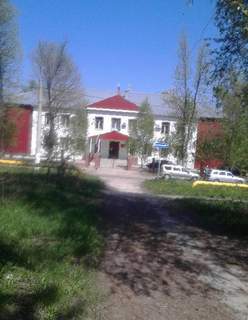The program Live about the dam break in Siberia was not shown in a number of regions of the Russian Federation. The channel's management stated that this was the plan.
Russia 1 took off the air Malakhov's program about the flooding in Shchetinkino
The program Live about the dam break in Siberia was not shown in a number of regions of the Russian Federation. The channel's management stated that this was the plan.
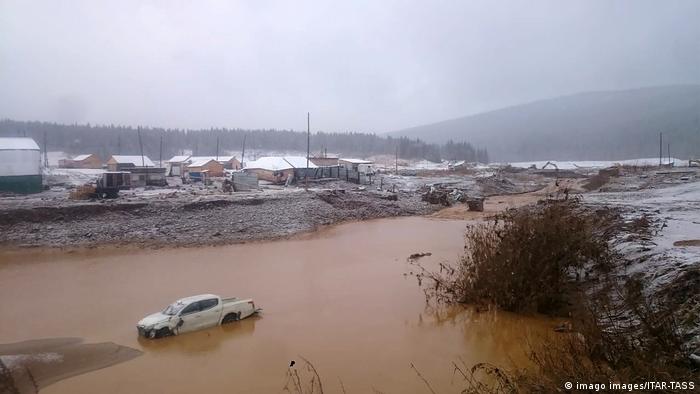
Consequences of a dam break in the Krasnoyarsk Territory
The program Live by Russian journalist Andrei Malakhov, dedicated to the flooding of a technological dam from a gold mining artel in the village of Shchetinkino, Krasnoyarsk Territory, was taken off the air in the European part of the country. According to Russian media on Wednesday, October 23, the program took place in the time zones of the Far East and Siberia, but residents of the Urals and other more western regions of the country were unable to watch it. Representatives of the Russia 1 TV channel told the BBC that the program was originally planned to be shown only in Siberia and the Far East.
As follows from fragments of the video of the program Live distributed on social networks, it was discussed on the air that the real death toll in the Shchetinkino incident could be more than what was called by officials, and that samples from the Seiba River showed an excess of mercury, which could indicate a prohibited method of gold mining. On October 20, a number of senior officials of Sisim LLC, the owner of a gold mining artel in Shchetinkino, were detained.
Context
In the Krasnoyarsk Territory, at least 15 people died as a result of a dam break
Commentary: Catastrophes in Russia are covered in the worst traditions of Chernobyl
The practice of hybrid coverage of military operations extends to natural and man-made disasters. Since the time of Chernobyl, little has changed in this regard, Alexander Plushev believes. (05.07.2019)
The investigation announced the destruction of five illegally erected dams
A breakthrough on the technological dam on the Seiba River near the village of Shchetinkino occurred on the morning of October 19. Mudflows flooded two temporary working blocks, in which, according to the ICR, there were 76 people. According to the confirmed data of the Ministry of Emergency Situations, 15 people were killed, 16 more were injured. Five people are listed as missing. Previously, the whereabouts of six people were unknown, but on October 20, the regional department of the Ministry of Internal Affairs reported that one of them was found alive. He was interviewed by officials.
The incident affected five hydraulic structures, the regional department of the TFR said. The breakthrough began from the topmost, and then along the chain, due to the force of the moving flow of water, four more dams collapsed, the department explained. They were erected illegally without any permits, the TFR stressed.
Subscribe to DW News in | Twitter | YouTube | Or install the DW application for | iOS | Android
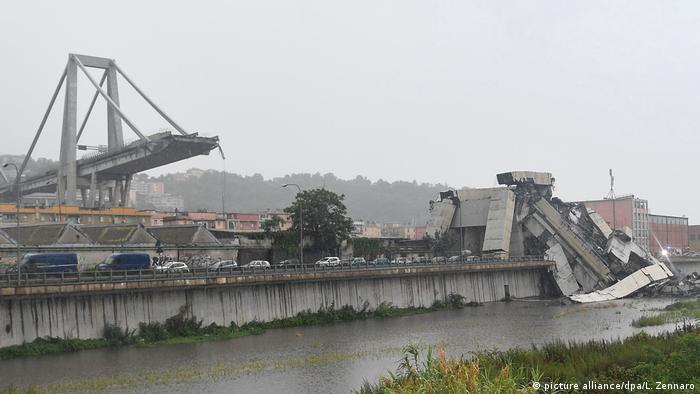
Rushing buildings and bridges: Builders' mistakes and human victims
Bridge in Genoa, Italy
In the city of Genoa on August 14, 2018, a section of the automobile bridge collapsed. According to initial data, from 30 to 35 people died. The Minister of Infrastructure and Transport of Italy Danilo Toninelli said that the cause of the collapse of the bridge was the shortcomings in the maintenance of the facility.
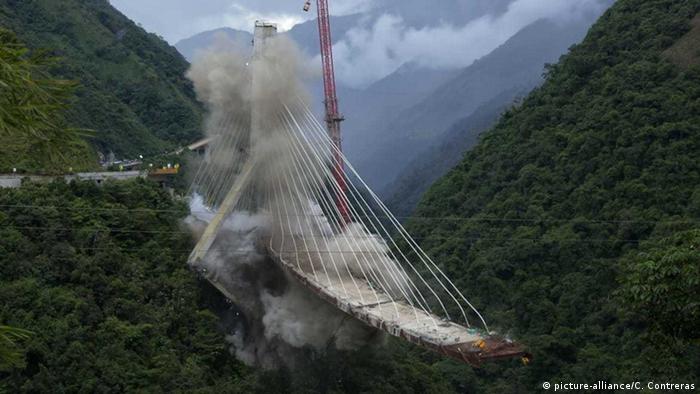
Rushing buildings and bridges: Builders' mistakes and human victims
Chiirazhara bridge, Colombia
The bridge over the canyon of Chirazhara in Colombia was supposed to connect two tunnels. However, before putting into operation in January 2018, one of the crossings of the crossing collapsed due to the design error. 9 people died. A special commission established that due to the shortcomings of the design, the surviving parts of the bridge can spontaneously collapse at any time. Therefore, in July, an unfinished bridge was blown up.
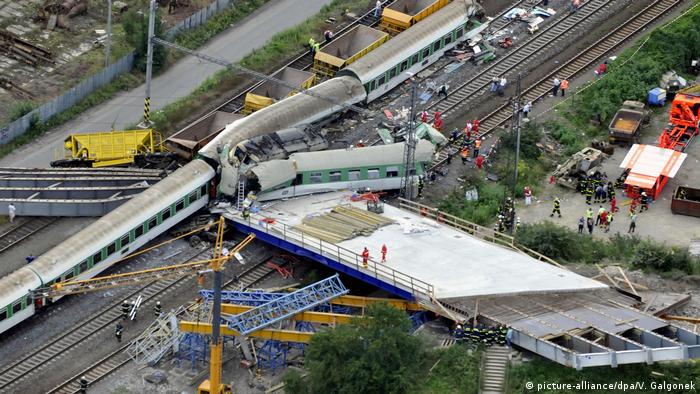
Rushing buildings and bridges: Builders' mistakes and human victims
Bridge under a student, Czech Republic
The bridge under the Czech village of Studka fell on August 8, 2008 just during the repair work on it. A train crashed into a collapsed bridge, which was traveling from Krakow to Prague at a speed of about 140 kilometers per hour. 8 people died, more than 60 were injured. The reasons for the collapse remained unknown. Experts believe that it was caused by errors in the design of the bridge.
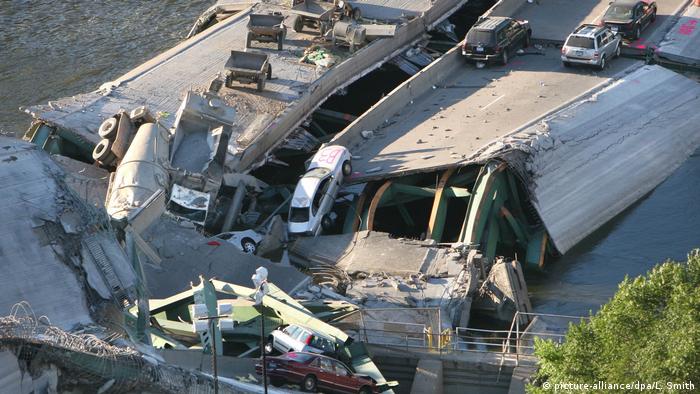
Rushing buildings and bridges: Builders' mistakes and human victims
Bridge across Mississippi, USA
The automobile bridge across the Mississippi 581 meters connected two parts of Minneapolis. He fell on August 1, 2007 at the peak hour. 13 people died, more than 100 were injured. The investigation came to the conclusion that the cause of the disaster was a constructive shortage – the parts connecting the bridge farms were made of metal of insufficient thickness and at a certain moment could not withstand the load.
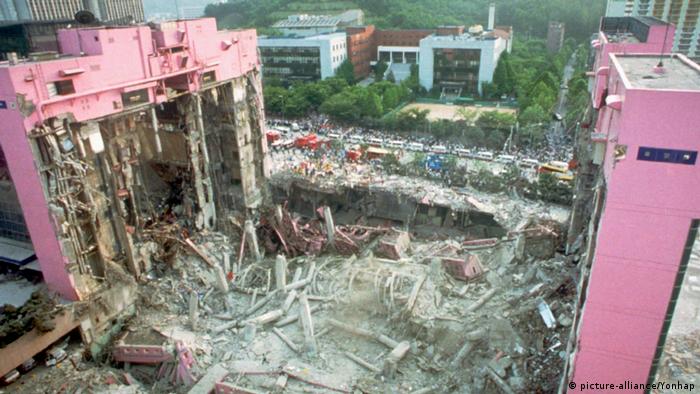
Rushing buildings and bridges: Builders' mistakes and human victims
Sampun shopping center, South Korea
The collapse of the Sampun shopping center in the capital of South Korea – Seoul – occurred on June 29, 1995. Under the wreckage of the building, more than 500 people died. The investigation showed that the collapse occurred due to numerous violations during the construction and operation of the building. In particular, the fifth floor was arbitrarily built, which was not in plan, and some of the supporting columns were seized in favor of excavators.
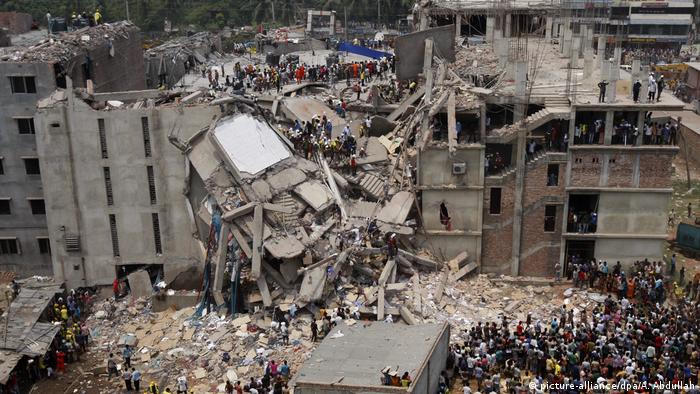
Rushing buildings and bridges: Builders' mistakes and human victims
Center of the wound-plate, Bangladesh
One of the largest tragedies of our time is the collapse of an eight -story building in the city of Savarus in Bangladesh. The day before, in the walls of the building, which had its own name the wound-plaza, cracks were discovered, and the police banned its operation. However, the enterprises located there for sewing clothing ignored the ban. As a result of the collapse, 1135 people died.






